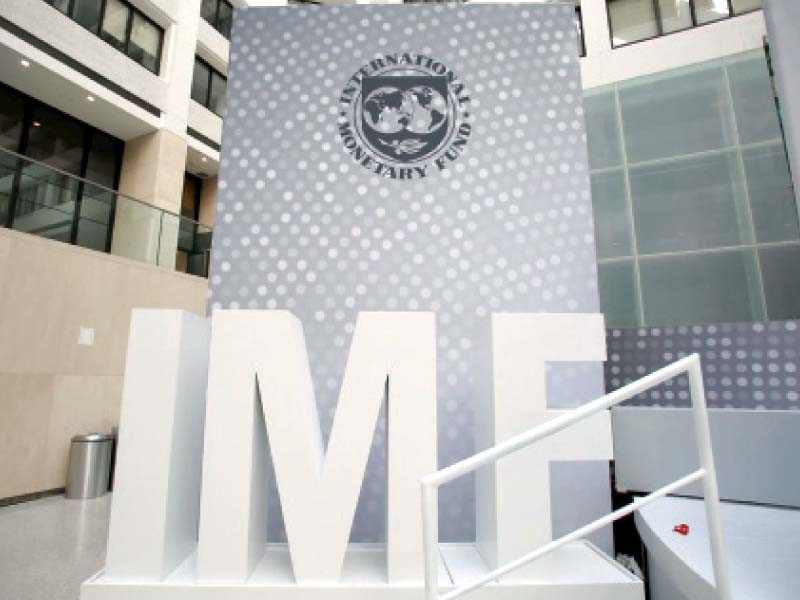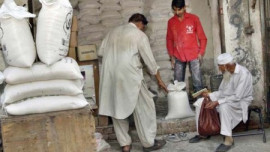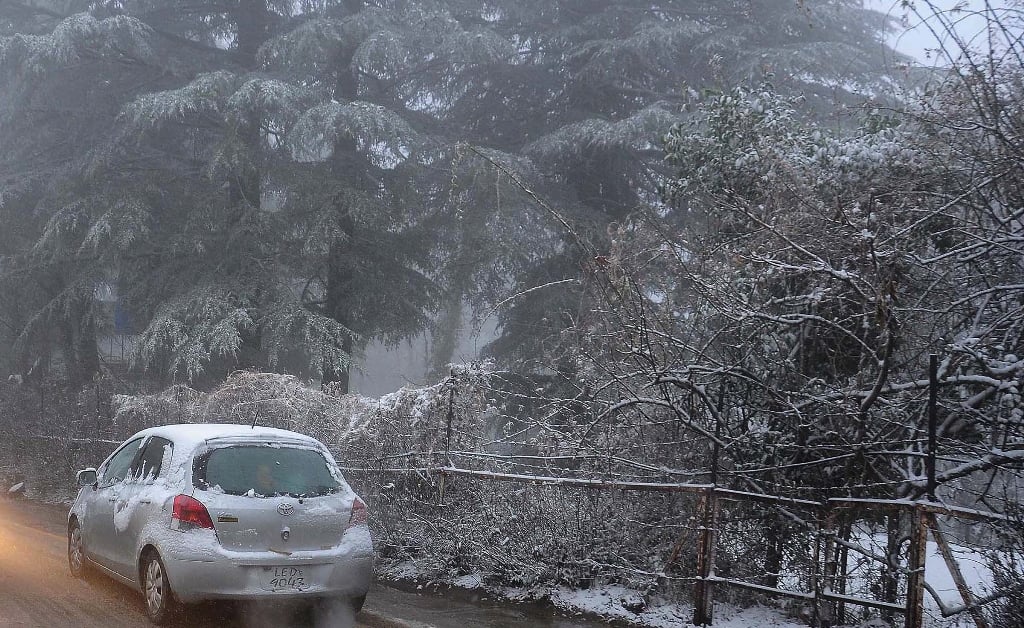
Pakistan has seen a marked improvement in its external sector and informed the international Monetary Fund (IMF) that the current account deficit might remain below $2.5 billion this fiscal year, cutting down on the need for some emergency foreign loans.
The finance ministry has shared the revised projections of the current account deficit, economic growth, and external trade with the global lender during the last leg of the $1.1 billion loan tranche negotiations.
The Pakistani authorities have projected a further reduction in the current account deficit on the back of a steep cut in imports and relatively higher exports of certain commodities, according to government sources.
The sources continued that as against the original budgeted $6.1 billion current account deficit, the federal authorities told the IMF that it might now fall to below $2.5 billion in the ongoing fiscal year.
The economic growth rate is now projected at 2.6% for this fiscal year by the Pakistani authorities.
The central bank was even more hawkish and it told the IMF that the deficit might remain around $1.5 billion to $1.7 billion, the sources said.
The IMF has not yet shared its final projections of the external sector. However, the Pakistani authorities believed that it might still be higher than the country’s own projections.
The government has projected an economic growth rate of 3.7% and a current account deficit of $4.7 billion for the next fiscal year as well.
This indicates that the new PML- N-led government will not adopt pro-economic growth policies in the fiscal year 2024-25.
During the first review talks, the finance ministry gave the current account deficit projection at $4 billion, which it had now reduced to around $2.5 billion.
The $2.5 billion deficit is equal to 0.7% of the GDP.
The reduced current account deficit will also lessen the need for more foreign borrowings.
Pakistan is finding difficult to arrange fresh loans because of junk credit ratings and estranged economic relations with China.
The sources said the IMF had asked the Pakistani authorities about the non-materialisation of foreign commercial loans worth $600 million from China and delay in lending by the World Bank.
Beijing is now demanding a plan for the settlement of its over Rs500 billion dues on account of energy payments to the Chinese power plants before issuing fresh commercial loans to the country.
However, the government has assured the IMF that it would not release additional funds to the Chinese power plants during this fiscal year.
The Chinese ambassador also met with Finance Minister Muhammad Aurangzeb on Tuesday and highlighted the issue of the outstanding payments.
The finance minister expressed his gratitude towards the Chinese leadership for their invaluable support to Pakistan in various sectors, particularly highlighting the rollover of SAFE deposits and the refinancing of commercial loans, which have significantly contributed to the country’s economic stability, the ministry said.
Pakistan’s $2 billion debt payment was due to China on March 23, which it requested Beijing to further roll over.
At the time of the first review of the $3 billion package, the IMF assessed the current account deficit at $5.7 billion.
The sources said the IMF had also hinted at lowering the deficit projection but its exact estimates were unknown.
For the next fiscal year, the finance ministry has estimated the current account deficit at $4.7 billion or 1.2% of the GDP.
During the first eight months of the current fiscal year, the current account deficit has been narrowed down to $1 billion.
Pakistan is still required to make repayments worth $11 billion in the remaining period of this fiscal year.
However, it expects a rollover of $6 billion, leaving behind a requirement of $5 billion.
The finance ministry is hoping that the $1.1 billion tranche received from the IMF as well as some fresh support from the World Bank and Asian Development Bank (ADB) will cover the repayment needs.
The central bank will also buy dollars from the market to support the repayments and at the same time maintain the reserves at their current levels.
The government also sees the average inflation rate at around 11% in the next fiscal year, pointing out that the government will continue the tight fiscal and monetary policies.
The finance minister said the IMF talks had concluded but did not share any further details.
The parleys began on last Thursday for the completion of the second review of the bailout package, which will lead to the disbursement of the $1.1 billion loan tranche.
The Pakistani authorities on Tuesday hosted a dinner for the visiting IMF delegation after the conclusion of the talks.
US Ambassador Donald Blome also met with the finance minister and underscored his government’s support for the completion of Pakistan’s current Stand-By Arrangement (SBA) with the IMF, according to the American embassy.
After meeting with the US ambassador, the finance minister again rushed back to the venue of the IMF talks to sort out the remaining two outstanding issues in the way of the staff-level agreement.
GDP growth
The sources said that Pakistani authorities informed the global lender that the economic growth rate might remain around 2.6% as against a contraction in the previous fiscal year.
The projected growth rate is below the official target of 3.5%.
The government has been implementing tight monetary policies, adversely affecting the growth rate.
Last week, the finance minister said it had become difficult to conduct business with a 22% interest rate.
Yet, the central bank decided to maintain the interest rate despite the fact that there was significant room available to reduce it.
A major reason behind the low 2.6% growth rate, which is also equal to Pakistan’s population surge, was the dismal performance of the large-scale manufacturing sector.
The industrial sector is adversely hurt by a combination of the restrictions on imports and high interest rates as well as the rising energy prices.
The economic growth remained at 2.1% during the first quarter of this fiscal year on the back of healthy momentum in the agricultural sector.
For the next fiscal year, Pakistani authorities expect an economic growth of 3.7%, indicating that the tight monetary and fiscal policies will continue.
However, any tightening on the fiscal front is lost because of the increased government borrowings for interest payments.
Inflation
The sources said the finance ministry had upward adjusted its inflation forecast for this fiscal year to 24%.
A key reason for the higher inflation is the continuous increase in the prices of electricity and gas.
On Monday, PML-N supremo Nawaz Sharif raised concerns over the increase in gas and electricity prices under the IMF programme.
The elder Sharif’s statement indicates that their house is divided over the future economic course as his younger brother, Prime Minister Shehbaz Sharif, has given the nod to sign a new IMF deal.
Trade deficit
The finance ministry also sees a further cut in the trade deficit and projected it below $22 billion for the ongoing fiscal year.
It has further lowered import estimates to a bit over $52 billion as against the budget estimates of $58 billion.
The export projections are maintained at $30.5 billion by the finance ministry while it still hopes to attract $28.5 billion in foreign remittances in this fiscal year.


























COMMENTS (1)
Comments are moderated and generally will be posted if they are on-topic and not abusive.
For more information, please see our Comments FAQ